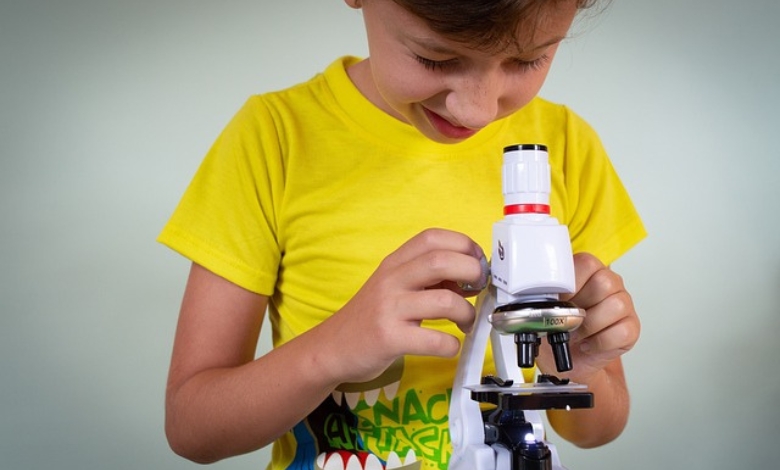Exploring the Tiny Universe: Why Kids Should Own a Microscope

Is your child caught up in the digital world with smartphones, tablets, computers, and video games? Nurturing an interest in nature and science can be a bit challenging in today’s tech-centric era. In this piece, let’s explore the compelling reasons why your child should have their own microscope and unravel the wonders it brings.
Unleashing Curiosity
Children are inherently curious beings. Their enthusiasm for exploration, however, tends to wane quickly without the element of fun. Enter the microscope—a tool that unveils a world invisible to the naked eye, sparking and sustaining a child’s curiosity. Whether examining wildflowers, plant life, or even a tiny food crumb, a microscope transforms mundane objects into extraordinary adventures. It’s a hands-on approach to awaken their inquisitive nature and foster a genuine love for learning.
Educational Fun
The educational benefits of a kids microscope are undeniable. It becomes a valuable companion for learning, making science a hands-on and enjoyable experience. Direct interaction with microscopes supplements classroom teachings, ensuring that education is not just informative but also fun.
Developing Skills and Inspiring Dreams
Microscope activities come with challenges that, with parental guidance, contribute to skill development and positive habits. These challenges enhance critical thinking and observational skills, extending their application beyond the realms of science into various aspects of life. Who knows? That first gaze through a microscope could be the catalyst for a lifelong passion for science, paving the way for future scientists, entomologists, or botanists.
What Kids Can Explore?
1. Tiny Critters: A drop of pond water under the microscope reveals a bustling community of microorganisms, introducing kids to the diversity of microscopic life.
2. Plant Structures: Explore the hidden beauty of leaves, petals, and stems, uncovering intricate patterns and structures within the plant kingdom.
3. Everyday Items: Turn common household items into scientific wonders by investigating textures, patterns, and structures through the microscope lens.
4. DIY Experiments: Foster creativity by allowing kids to create their own microscope slides using water drops, onion skin pieces, or even strands of hair as subjects for scientific exploration.
Choose the Right Microscope for Kids
When selecting a microscope for your child, consider age-appropriate design, prioritizing suitability over complexity. For younger kids, opt for models with large knobs and easy focusing, while older ones can handle additional features. Magnification levels matter, with lower levels suitable for larger subjects and higher levels for intricate details. Prioritize durability, safety, and features like built-in LED lights. The Apexel MS201 microscope is recommended, designed specifically for children, featuring an HD eye-protecting screen, 800x magnification, built-in LED light, and a camera for easy photo and video capture.
And if you’re looking for added fun, consider exploring Apexellens’ night vision options, providing an engaging experience for children when paired with microscopes.




